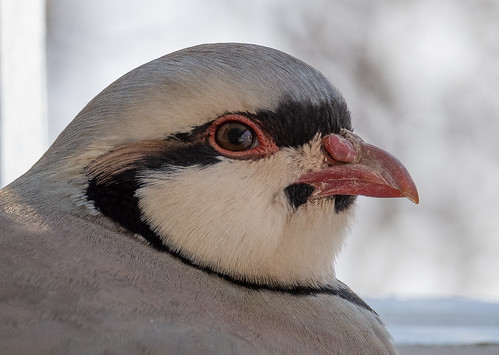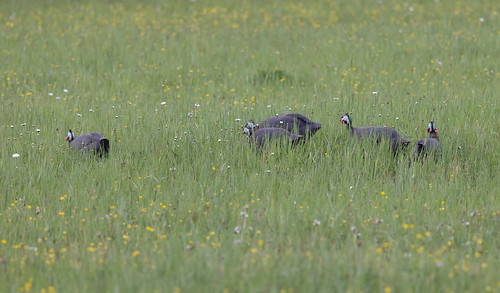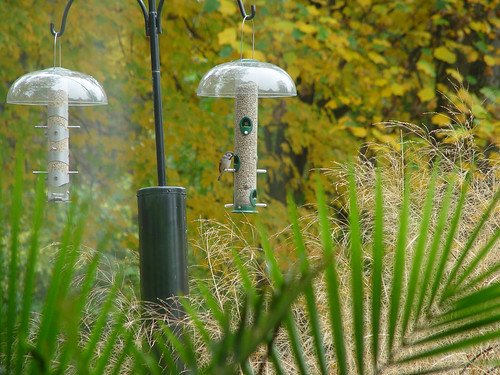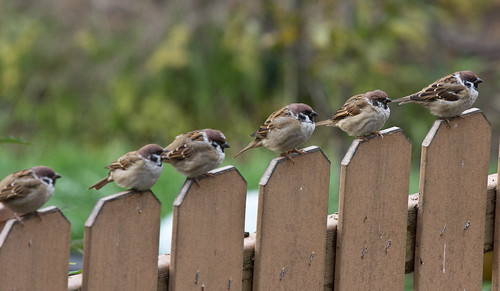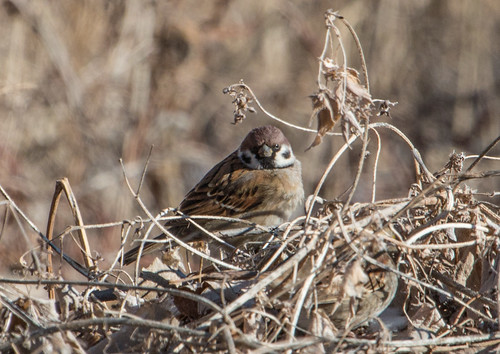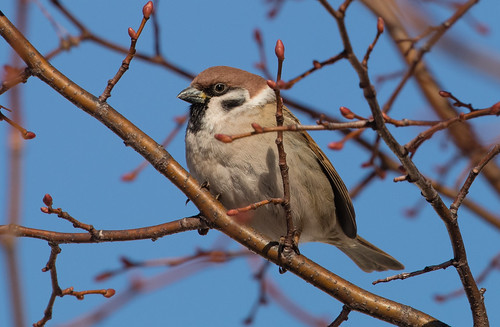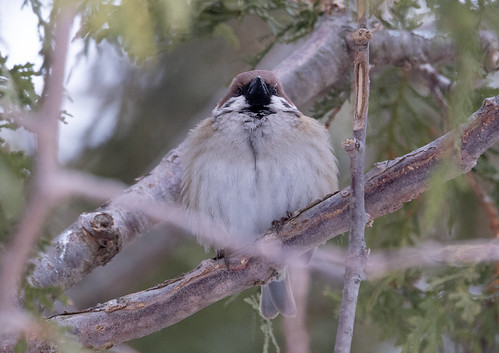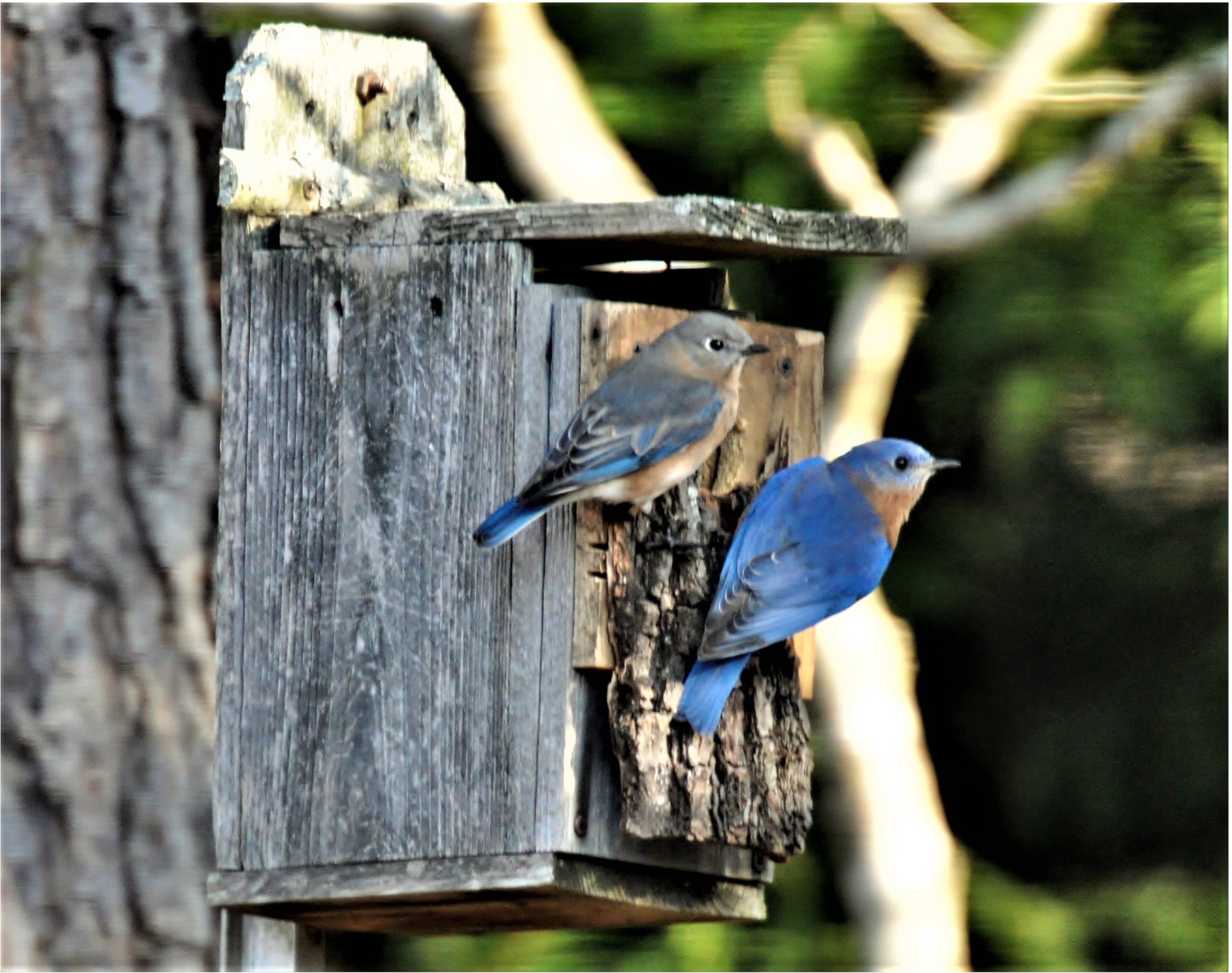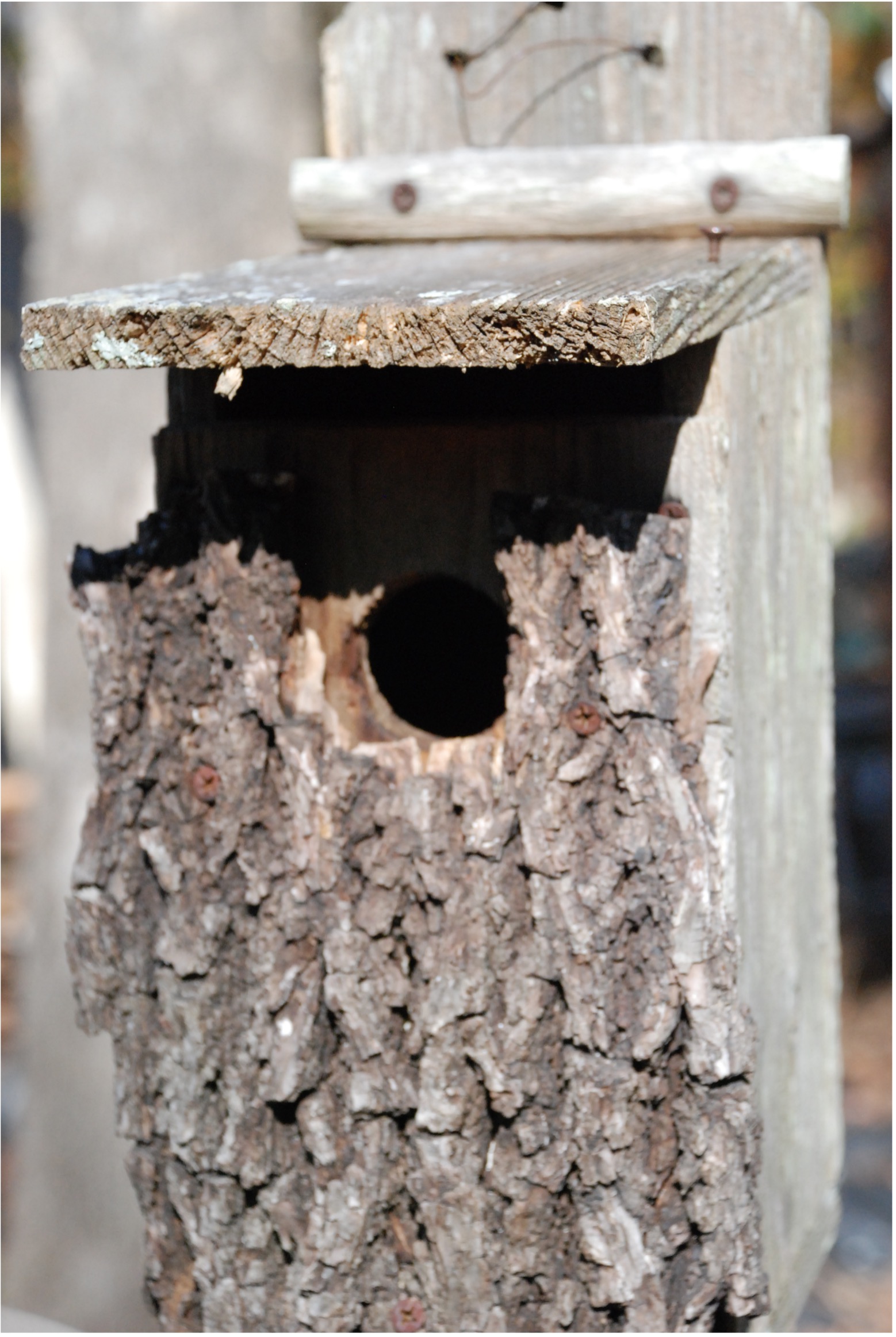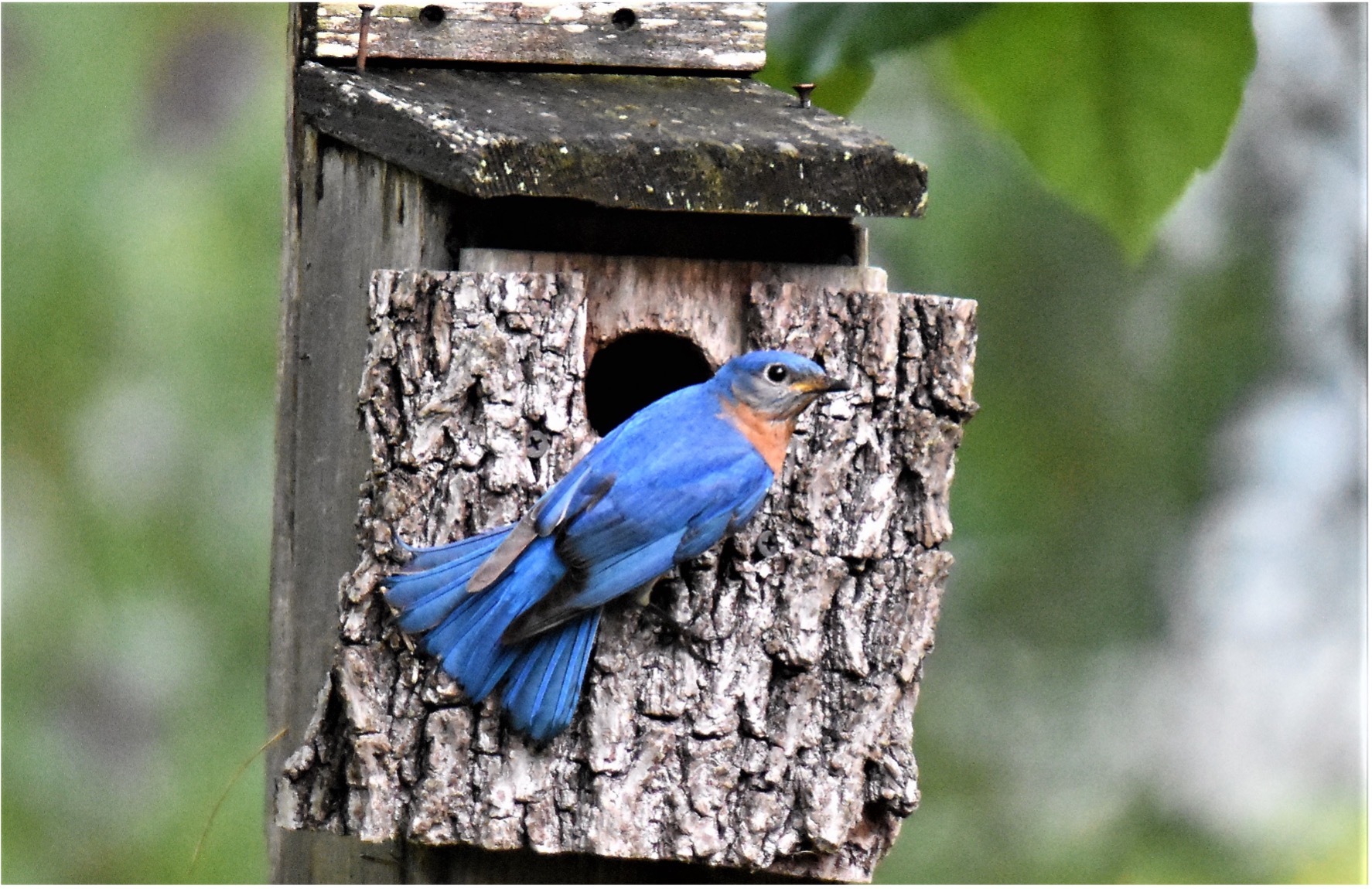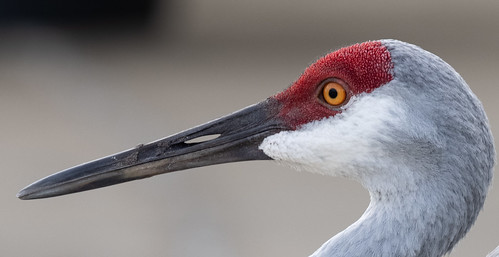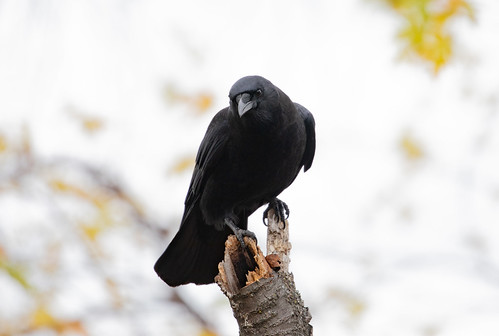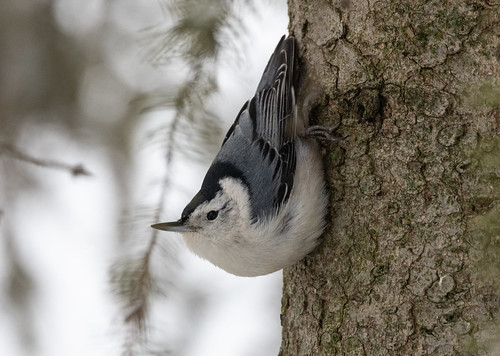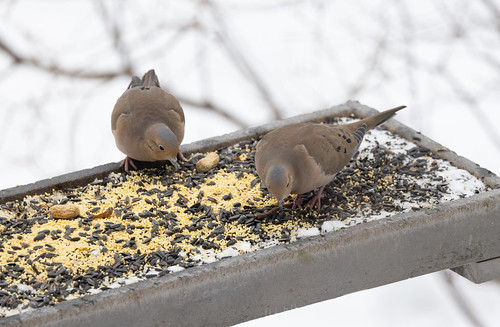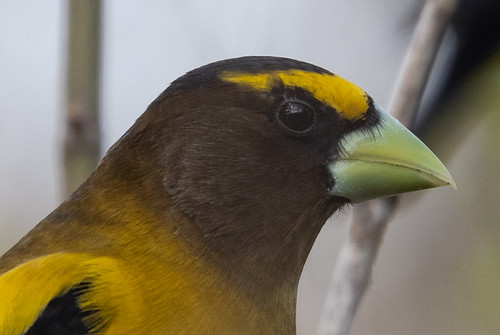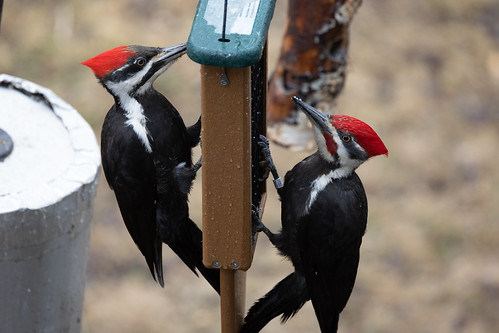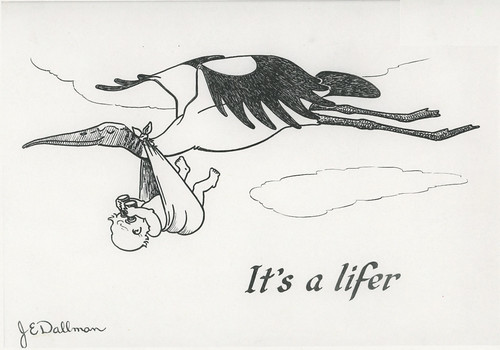
One of my favorite poems is Robert Frost’s The Tuft of Flowers, especially the lines:
‘Men work together,’ I told him from the heart.
‘Whether they work together or apart.’
We all love stories about families who enjoy doing the same things together, but really, how often are all the members of any family of five, or even just four or three, equally contented doing the exact same thing? That’s why many of my birding friends put aside birding during the years their children were little.
I was too addicted. Most of the time that was fine—even though I always had my binoculars around my neck when I took my kids for a walk, I was usually good at diverting my eyes from birds to whatever dandelion or spider or dragonfly or colorful rock or shovel truck they wanted me to look at.

In 1988, when they were 3, almost 5, and 7, we took a three-week family road trip to Washington, D.C., where Russ had a meeting, and then to Florida, where we stayed in the campground at Fort Wilderness at Disney World for a few nights and then Everglades National Park for a more genuine camping experience. I was mostly on my own with the kids in DC while Russ was focused on work, but every day we all told him about our adventures.
At the Natural History Museum, I tried to be as patient looking at the dinosaurs as the kids were looking at the bird displays. And we spent a lot of time, both coming and going, right outside the museum entrance in the Washington Mall, where the kids could play with Uncle Beazley, a fiberglass statue of the Triceratops in Oliver Butterworth's children’s book The Enormous Egg. (At that time, children were allowed to climb all over Uncle Beazley, but in 1994, the statue was moved to the National Zoo, and children are no longer allowed to climb on it.)
Our visit to the National Zoo was fun for all of us even if our eyes weren’t always focused on the same things. The kids were thrilled with the animals in the enclosures as I paid more attention to wild mockingbirds and Black-crowned Night-Herons living on the zoo grounds.
From DC, we stopped overnight at Titusville. I got up early in the morning to bird along the wildlife drive at Merritt Island while Russ and the kids slept in—I got several lifers before breakfast! (Sadly, that motel is where we forgot our copy of The Enormous Egg, but fortunately, it's also where we'd finished reading it.) Then we headed to the Kennedy Space Center. I spent a bit of time birding near the parking lot but didn’t see anything I hadn’t seen in the morning, so I checked out the museum too. We all got to touch a moon rock, which was most assuredly worth taking some time out from birding to do.
We had a picnic lunch at Cocoa Beach, and then Russ and the kids waded, skipped rocks, and built sand structures while I stayed rooted at my spotting scope reveling in my lifer Northern Gannets. My attention was divided enough to be aware of all the giggles coming from them, keeping a smile on my face even as they exulted in my pleasure in seeing my long longed-for gannets.
Then we went to Orlando. As usual, I got up before Russ and the kids each morning to walk around the pseudo-wild grounds of Fort Wilderness. Feral Muscovy Ducks were everywhere, but there were also lots of White Ibises, mockingbirds, Carolina Wrens, cardinals, and Palm and Yellow-rumped Warblers. At the theme park, Russ and I had to split up for many of the rides—Tommy rode on Dumbo three times, though it seemed to have the longest lines of all, and Joey was the only one who reached the minimum height for Space Mountain. I of course had my binoculars on, and couldn't help but notice the many vultures circling optimistically above that long, long line to Dumbo, but I mostly focused on the kids.
On the drive down to the Everglades, we took a detour on the Tamiami Trail for me to look for my lifer Snail Kite and Limpkin from a restaurant parking lot while the kids and Russ ate lunch. Waiting for me to spot one was boring for them and not all that fun for me—I didn’t see a Limpkin at all and my Snail Kite was just barely within the distance of conjecture. Oddly, or maybe not so oddly, the kids seemed more sad about me missing a lifer than distressed about their own boredom even as I felt more sympathetic about their boredom than disappointed about the Limpkin.
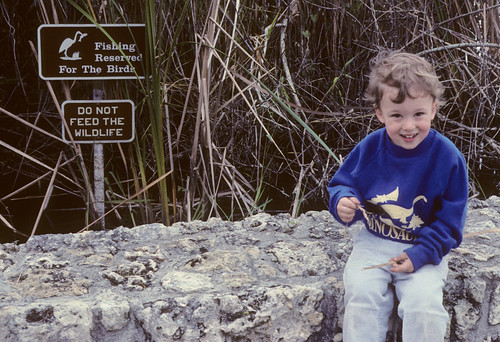
The Everglades were wonderful for everyone, especially the Anhinga Trail, where alligators and ginormous, colorful grasshoppers and orb-weaving spiders competed with the large, colorful wading birds for everyone’s attention.

Katie was badly allergic to mosquito bites, so while I hiked the Snake Bight Trail, Russ took the kids down to Flamingo. They had fun adventures, and were thrilled to hear about my own slightly scary encounter with a huge alligator blocking the path and my wonderful lifer—a Mangrove Cuckoo I’d never have even noticed except for some excitable Blue-gray Gnatcatchers swearing at it.
By our last day, I’d still not seen a Limpkin. They are often active and vocal after dark, so we went back to the Anhinga Trail after our last dinner in our tent. Mosquitoes were thick so Russ stayed in the car with the kids listening to Raffi songs while I walked to the boardwalk and quick success. Russ and the kids seemed almost as thrilled about the lifer as I was, perhaps especially because I was so expeditious in seeing it.
When we got home, the very first thing the kids told their grandparents about—the highlight of the entire trip to Washington, Disney World, and the Everglades for them—was the women’s bathroom in the Everglades campground. Throughout each day, colorful tree frogs gathered in the sink drains and toilets, and one large toad spent each day hunkered down in the corner nearest the door. We’d of course shepherd the frogs out of the toilet before using it, and were very careful to run the water in the sink slowly to not disturb the frogs in the drain. We wrote a song about them with many verses, but I can only remember one:
There's a tree frog in the toilet, in the toilet.
There's a tree frog in the toilet, in the toilet.
Please don't flush or you could spoil it
For the tree frog in the toilet.
There's a tree frog in the toilet, in the toilet.
I still wish the park had posted an identification poster—there were several species there—but one of the naturalists told me that for most visitors, those frogs were not a feature but a bug.
In 1990, we went to the Black Hills and Badlands of South Dakota. The kids were especially looking forward to visiting Rapid City’s Dinosaur Park and Storybook Island. I managed to stay engaged with paleontology at the one, but as we were piling out of the car in the parking lot for Storybook Island, I heard a Black-throated Grosbeak—a lifer! I figured I’d catch up in just a few minutes, but there were so many birds along a stream running alongside the parking area that I ended up not getting into the park until they were almost ready to leave. The funny thing is, I had a wonderful time listening to their stories about what they saw, and they thoroughly enjoyed hearing about the cool birds I saw, especially my lifer.
The next year, I took a Minnesota Ornithologists’ Union birding trip to Texas without my family—I badly wanted to get my life list up to 500 before I turned 40. I got 20 lifers, but the biggest thrill of all was when I came down the jetway after the flight home. There were Russ and the kids holding up a big banner they’d made, saying “Welcome Home, Mommy” with a huge, colorful "517!"—my new life list total.
In 1993, we took another road trip to visit some of Russ's family in New York City and Long Island. We told everyone to pick one or two places they most wanted to visit en route or in New England. Joey, who had just memorized Longfellow's incredibly long "Paul Revere's Ride," wanted to visit some of the places mentioned in the poem. Katie wanted to see Niagara Falls. Tommy wanted to go to the top of what he called the Stachuke of Liberty. I wanted to visit three places—Grayling, Michigan, to go on a Kirtland's Warbler tour; Walden Pond; and Machias Seal Island to see my lifer Atlantic Puffins. Russ wanted to visit a close friend in Concord.
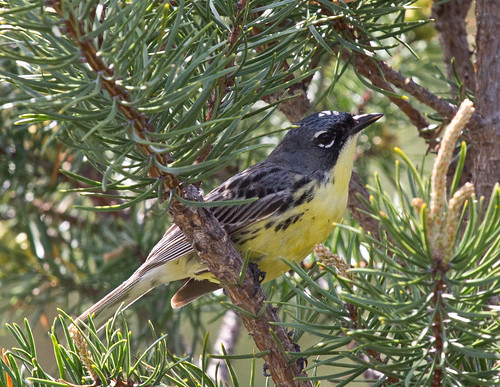 |
| What I promised |
Somehow, everyone's choices were fun for everyone except my Kirtland's Warbler tour. I'd overhyped the "Bird of Fire" and how easy it would be to see it, based on the trip there Russ and I had made in early June 1976. Now, at the very end of a different June, it was hot and muggy, and most males were too busy feeding young to sing much. None of us, including our guide, saw any until near the very end of the two-hour hike, when I saw a male singing at treetop height not too far away. Unfortunately, at that very moment he finished singing and flew off. The kids got a quick, unsatisfying glimpse of him darting away, and poor Russ didn't see him at all. And for all that, the bird wasn't even a lifer for me.
 |
| What everyone saw |
After that, the kids kind of rolled their eyes when I waxed euphoric about puffins. But in Maine, the actual event far, far exceeded even my own expectations. Family time in the observation blind at Machias Seal Island turned out to be one of the biggest highlights of the trip for everyone, the puffins just a few feet away, some even padding on the plywood roof.

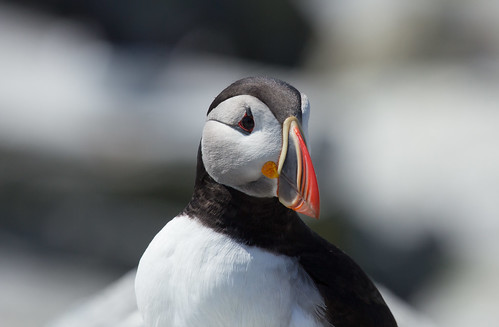

In 1995, we traveled to Yellowstone National Park. Russ and the kids did a lot of serious hiking while I moseyed about looking for birds. On two loop trails, they lapped me, on one going around three times before I made it around once. We spent a lot of time waiting for Old Faithful to erupt, but it was fun for all because adorable little marmots—chunky rodents—swarmed about the boardwalk. Visitors were prohibited from feeding them, but the hopeful little guys came bizarrely close for petting, and one took a particular liking to Tommy. I spent my time watching Violet-green Swallows flying about. We visited Old Faithful twice because Russ wanted to make sure his camera settings were right for the geyser, and both times, a Mountain Bluebird alighted near the geyser a few minutes before it erupted and then, right before the water started gushing, it flew right toward us and hovered, an adorable little park guide making sure we were all looking in the right direction just before the gush. After the eruptions, it disappeared, apparently going on break until the next eruption.
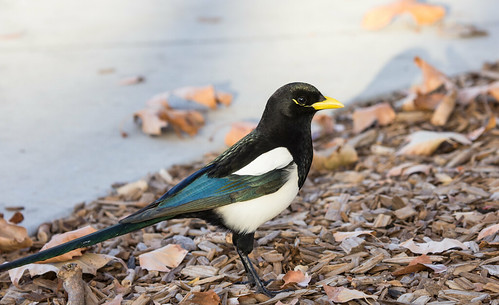
In 1996 we took our longest road trip of all, to California. We did all kinds of fun things for everyone, from the San Diego Zoo all the way up to Alcatraz. My only hard-and-fast birding goal was to see a Yellow-billed Magpie. We'd planned to spend a couple of days near Santa Barbara, and one of my friends told me it would be impossible to miss these splendid birds at Nojoqui Falls County Park. Unfortunately, the falls, and the birds, are apparently seasonal. We hiked through the park three times but didn't see the waterfall, the magpies, or much of anything else. I did finally add that lifer when we were headed to San Francisco—the only lifer I've ever seen without binoculars while going close to 70 miles per hour.
In 2000, over winter break during Joey's senior year of high school, we took our biggest family trip of all, to Hawaii. There were so many wonderful adventures for all of us, but no matter what else they were doing, the kids were hellbent on finding a Hawaiian Goose for me—a most yearned-for lifer. Russ was the one who spotted it first, and they all felt triumphant.

Even since that "final" family vacation, the five of us have gathered together in Florida a few times. Lake Kissimmee State Park was a favorite destination for everyone when Florida Scrub-Jays still greeted visitors at the entrance. This wonderfully friendly and charismatic bird is declining dangerously, but Florida developers have done their best to keep the species off the Endangered Species List.

I’ve been thinking about all this because Katie and Michael invited Russ and me along on a family trip to the Gunflint Lodge this Presidents Day weekend. I spent hours watching and photographing the many birds at the nature center while the rest of them visited a playground and a wonderful sledding hill. Back at our cabin, I parked myself on a chair by a window where I could sneak peeks at the birds at the feeder even as I played with Walter.

After the trip was over, when we asked him what his favorite part was, I naturally wanted him to say the birds—he really had been taken with the big, pink Pine Grosbeaks and the teeny tiny yellow American Goldfinches right outside our window. Katie, Michael, and Russ of course hoped he’d say the sledding, or at least the slide in the playground. But nope. The biggest highlight of all for Walter was watching some men fixing the engine on a snowmobile.
Families have fun together, I told them from the heart. Whether we play together or apart.





